| Umělec 2007/2 >> Editorial | Просмотр всех номеров | ||||||||||||
|
|||||||||||||
EditorialUmělec 2007/201.02.2007 Marisol Rodrigues, Tony Ozuna | editorial | en cs de |
|||||||||||||
|
Mexico entered into NAFTA, the North American Free Trade Agreement, in the early 1990s with dragging heels and a history of suspicion, while the United States hailed the questionable arrangement as a universal victory for freedom and equality, as it always does for anything that mainly benefits the United States of America.
Now there is equal regret on both sides of the fence, and jingoistic politicians in mostly the Northern parts of North America want to rewrite the map, renaming a great stretch of land—the southern borders of California, Arizona, New Mexico and Texas, a land that geographically links with such ease with its Mexican states to the south--as North and Latin America. As if it would make a difference. Even the Minutemen know deep down that it won’t make much of a difference over time, because the fact is that there is never going to be a realistic border between Anglo-America and Latin America in the future, because there never really was one to begin with. The future border is going to resemble a political gerrymandering project cutting across states and cities from the tip of South America, Tierra del Fuego to Alaska the northern-most state of the union. Belize, huddled between Mexico and Guatemala is not a Latin American state. However, three-quarters of Los Angeles is a Latin American city. The same with Miami, and more importantly are the thousands of little and big towns across the southwest and all of these communities have more-or-less peacefully prospered for decades, if not centuries. This edition of Umelec was supposed to be called the Latin American Issue but the border, where Latin America begins and ends is not a clear one, and for most of modern history it hasn’t been. Chicago, New York, and Los Angeles needed to be included. There are centerpiece texts on the official border regions, Tijuana and Juarez, migratory zones where Anglo-American and Latin American culture are facing off, reflecting each other most acutely. There are also some of the regular contributions to the magazine, so this is not an exclusively Latin American affair, nor is it inclusive of all countries because the intention is that it won’t be the first and the last. Besides, Mexicans, Argentines, Uruguayans, Czechs, Poles and others, whether they are living in Europe share a commonality. Citizens from these countries, in general, but especially artists in these times share a love-hate relationship with the West, meaning Anglo-Americans and nations south of the U.S. border share to some extent, similar problems and blessings that Czechs and other Eastern European countries, formerly of the Soviet Bloc share with Western Europe (and the United States). The reasons for this vary from an historical, political, sociological, economical, cultural and even anthropological point of view. In any case, most of the texts in this issue explain in a variety of ways, just what the hell I’m talking about. Tony Ozuna Early 2006, assertions that Mexico had become the new capital of art proliferated in numerous magazines, art fairs and talk shows. A renowned magazine supported this opinion with a front cover photo of Black Kites (Papalotes Negros) by Gabriel Orozco, a work from the very recent year of 1997. More recently, Barbara Perea and Priamo Lozada have been working on the first official participation of Mexico in the 52nd edition of the Venice Biennale, represented by the electronic artist Rafael Lozano-Hemmer-. Small galleries are blooming in Mexico City, boasting of the valuable help they provide by promoting young artists who are “full of ideas.” The Jumex Collection exhibits another reinterpretation of its vast collection, Orozco himself presents a retrospective—or anti-retrospective as Miguel Alejandro Gonzalez Virgen calls it—in the sumptuous Palacio de Bellas Artes, Spencer Tunick manages to convey 20,000 naked people in the esplanade of Mexico City’s Zocalo capital -more than in Barcelona. One after another, exhibitions come and go, cocktails, inaugurations, and name dropping is the art. In spite of the overwhelming evidence, it is difficult for me to join the massive collective enthusiasm and shout with joy,”Viva Mexico!” There is no doubt that everything just said represents a step forward –towards some unknown direction- and an important recognition of artists that have dedicated their entire lives to arrive at the status of creative stability and comfort they enjoy today. But it turns out that, at the very moment that Mexico has become the capital of art, the country is lacking proposals that transcend the most irritating literality or go little further than absolute conceptual incomprehension; visually, physically and many other pejorative adjectives, plaguing a considerable part of the current production. This is evident in exhibitions like PINK NOT DEAD by Maurici Gomulyky, which was heavily trashed in this issue, or the thunderous and yet terrible We are nothing but the nerds they say we are, produced by Monclova Projects –just to name a few, outstanding because of the amount of production that made them possible. Please enjoy Mexican art in this issue; just as it is, right and wrong, forward and backward, with its clichés and with… its new clichés. We never intended to discover the black thread of the system; instead, we tried to create a connection where readers, not only from Mexico, can understand what’s going on in this country and how it corresponds with the work of artists such as Spaniard Javier Velasco. We hope, then, to find many commentaries opposing what I’m writing today so that, little by little, we start to see those proposals that –well within the art system- make mock of it through intelligence and the most unpolluted quality reflect in a shining product. Till then, here’s our humble effort to arrive at that point. For sure, it will result in a second issue of Mexican art. Marisol Rodriguez
01.02.2007
Рекомендуемые статьи
|
|||||||||||||
|
04.02.2020 10:17
Letošní 50. ročník Art Basel přilákal celkem 93 000 návštěvníků a sběratelů z 80 zemí světa. 290 prémiových galerií představilo umělecká díla od počátku 20. století až po současnost. Hlavní sektor přehlídky, tradičně v prvním patře výstavního prostoru, představil 232 předních galerií z celého světa nabízející umění nejvyšší kvality. Veletrh ukázal vzestupný trend prodeje prostřednictvím galerií jak soukromým sbírkám, tak i institucím. Kromě hlavního veletrhu stály za návštěvu i ty přidružené: Volta, Liste a Photo Basel, k tomu doprovodné programy a výstavy v místních institucích, které kvalitou daleko přesahují hranice města tj. Kunsthalle Basel, Kunstmuseum, Tinguely muzeum nebo Fondation Beyeler.
|







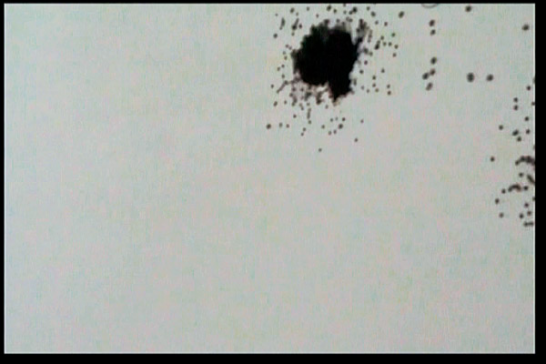
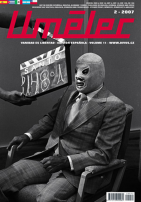


















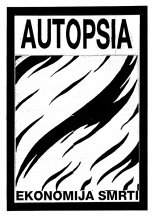
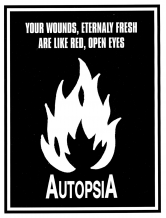
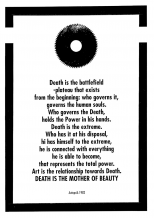
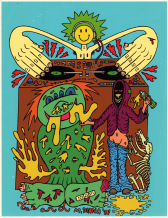


 We Are Rising National Gallery For You! Go to Kyjov by Krásná Lípa no.37.
We Are Rising National Gallery For You! Go to Kyjov by Krásná Lípa no.37.
Комментарии
Статья не была прокомментированаДобавить новый комментарий